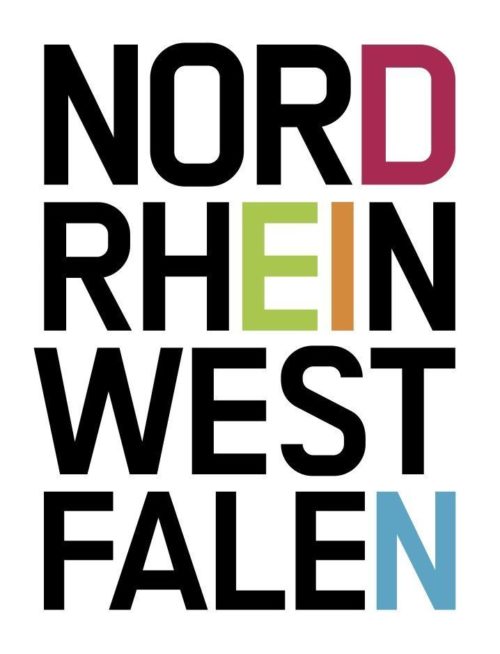Climate friendly travel
By train and without traffic jams comfortably to Münster.
Basically, Münster exists twice: The historic, Catholic one with its numerous art monuments and castles from ancient times. And then the shimmering, lively scene metropolis created by 50,000 students with its 500,000 bicycles ...
By train to Münster: Plan arrival
That's an ideal combination: around 50,000 students live in the city, which supposedly (who's counting?) has over 500,000 bicycles. And on the other hand, it is home to such dignified monuments as the historic city hall, the Wilkinghege moated castle and the prince-bishop's palace in Münster. Both - the city's trendy aura and its historic facades - make Münster one of the most exciting major cities in North Rhine-Westphalia.
Our advice: rent a bike. Ride the five-kilometer-long ring road around Münster's old town - you're not allowed to do that by car - and get an impression of the city's dimensions, its bourgeois beauty and youthful freshness. Speaking of youthful: Since 2015, Münster's Kreativkai at the harbor has been a brand-new neighborhood with lots of gastronomy, art and media happenings - this is where the scene celebrates - check it out!
Then drive on from Prinzipalmarkt, with its chic gabled houses and archways, just a few minutes to Aaseepark, which was named Europe's most beautiful park in 2009 and around which you can still see some of the objects in the outdoor exhibition "Kunst.Projekte". Stop by the LWL Museum of Art and Culture, which also manages exactly that typical balancing act of history and modernity on the outside that makes Münster so special. And take more time than you had originally planned. You will need it.

Reasons for a Vacation in North Rhine-Westphalia there are plenty - the living Cities, the old Castles and palaces and the unique Nature are just a few of them.
sponsored by
 |
|---|